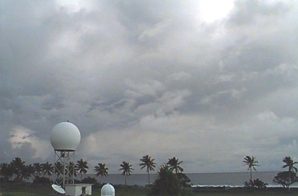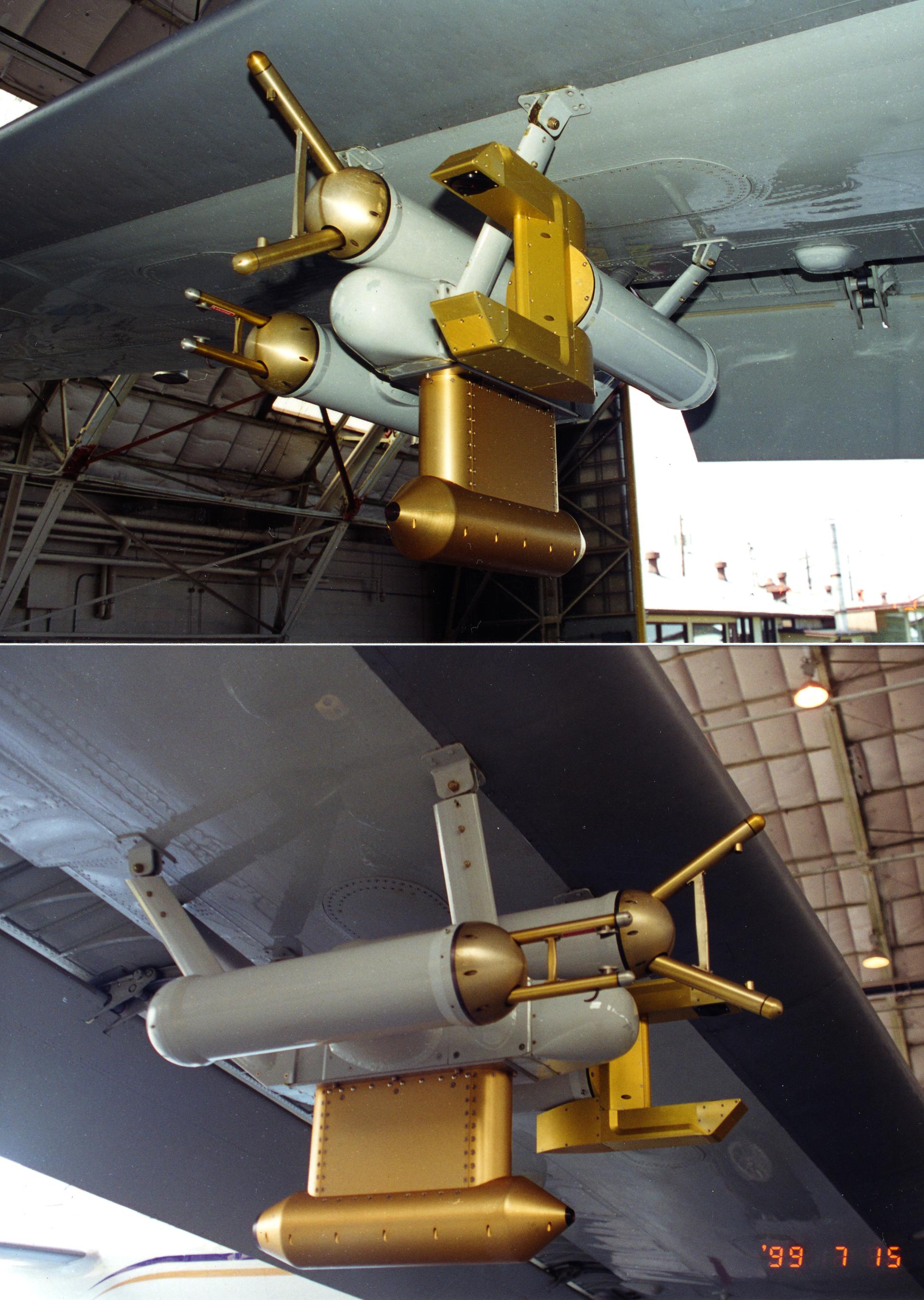Temperature Measurement
- Instructions
- Notes
Pressure, Humidity, and Precipitation
- Instructions
Weather State Analysis
- Instructions
- Notes
Wind Measurement
- Instructions
- Notes
Weather State Analysis Laboratory
The aim is to quality control, analyze, and intercompare data gathered during the deployment of the Davis weather stations.
Specific Tasks:
This laboratory is the most creative of the laboratories and you have some leeway in deciding what the most interesting features of the data are. The aim is to produce a good laboratory report that details those features you choose to focus upon. As a start, everyone should compare their station data with other stations as this is a good exercise assessing how representative the measurements are and for identifying potential sources of error.
You may also wish to incorporate other sources of data as you see fit (for example chemistry/aerosol data, satellite imagery, synoptic charts, NWS observations). As a guideline, below are some examples of analyses/questions you may wish to address. Remember to keep the report brief (typical length 4-6 pages) so you donít need to address all of the optional issues suggested here, and indeed, you might wish to consider others not included here.
Comparing Stations With Each Other
To what extent do the records from the different weather stations agree or disagree? Consider what factors could be responsible for this? How representative are the NWS regional measurements (e.g. Seatac)? Can any disagreement be explained by siting issues, or might it represent true atmospheric variability between sites? This is probably the most important first check on the reliability of your data.
 |
Additional Suggestions for Analysis
|
 |
Important Statistical Tools and Considerations Correlation between two time series to intercompare station data. Generate a correlation matrix between temperatures, wind speeds, rainfall, and pressure at the four sites. You should be able to identify stations that are clearly awry. Which of the variables exhibits the worst correlation? Why might this be? Comparison of means. Are the differences in mean temperatures, pressures, wind speeds at the four stations statistically significant? Compositing of measurements (e.g. to give a single mean diurnal cycle). You might wish to choose 8 times/day and average data using these bins. Consider the errors in these composites using standard error in the mean. |